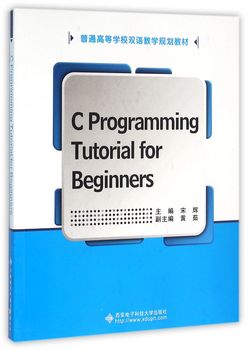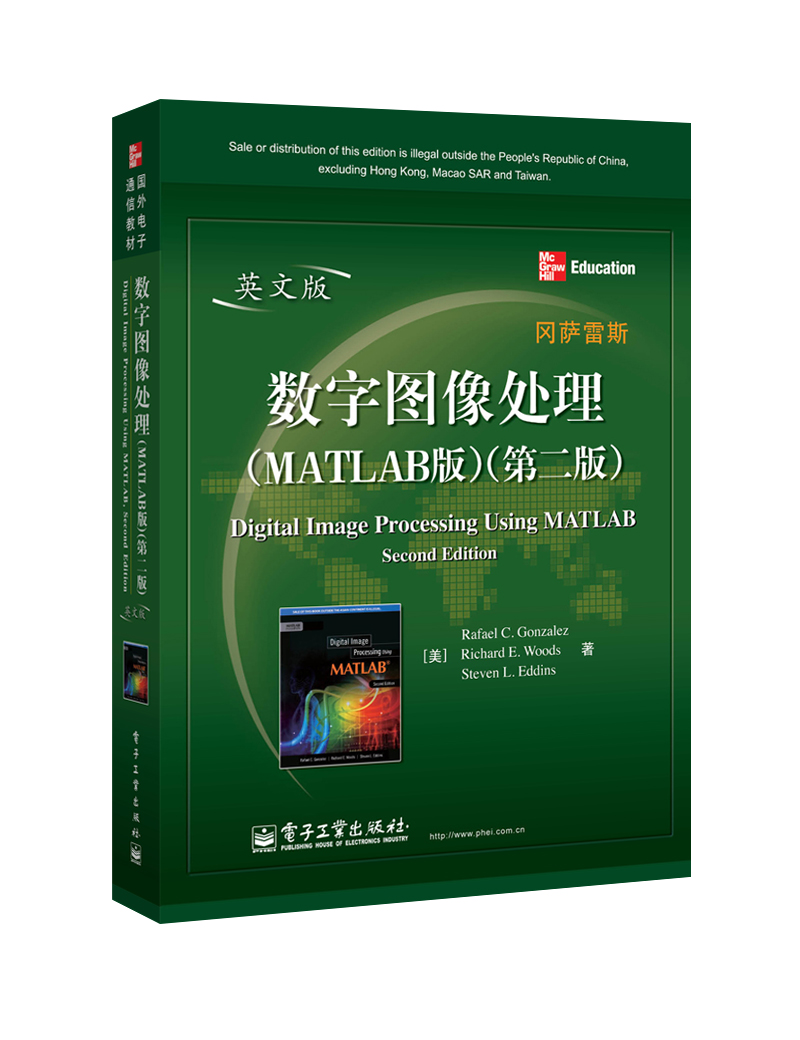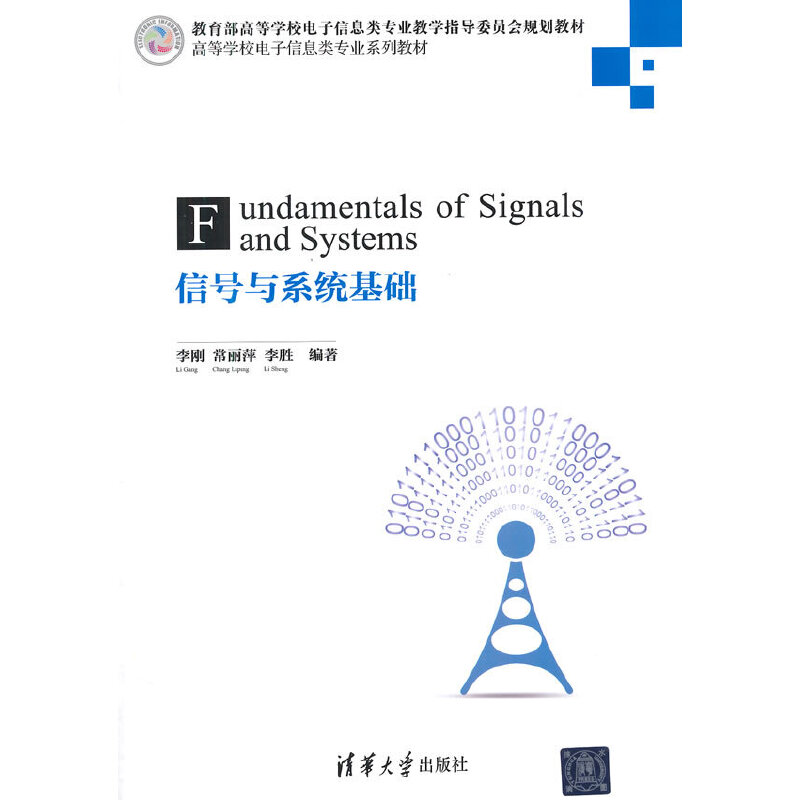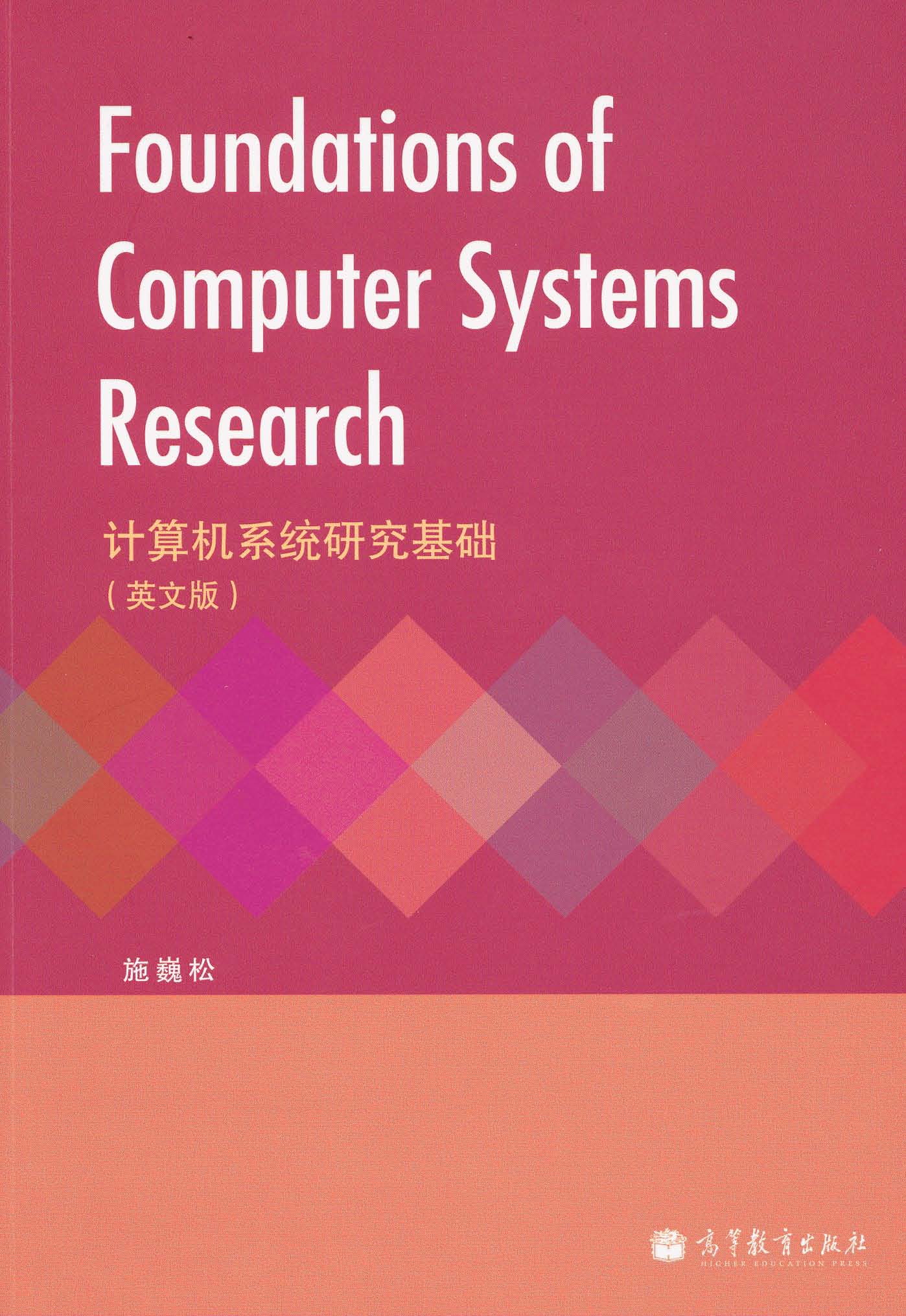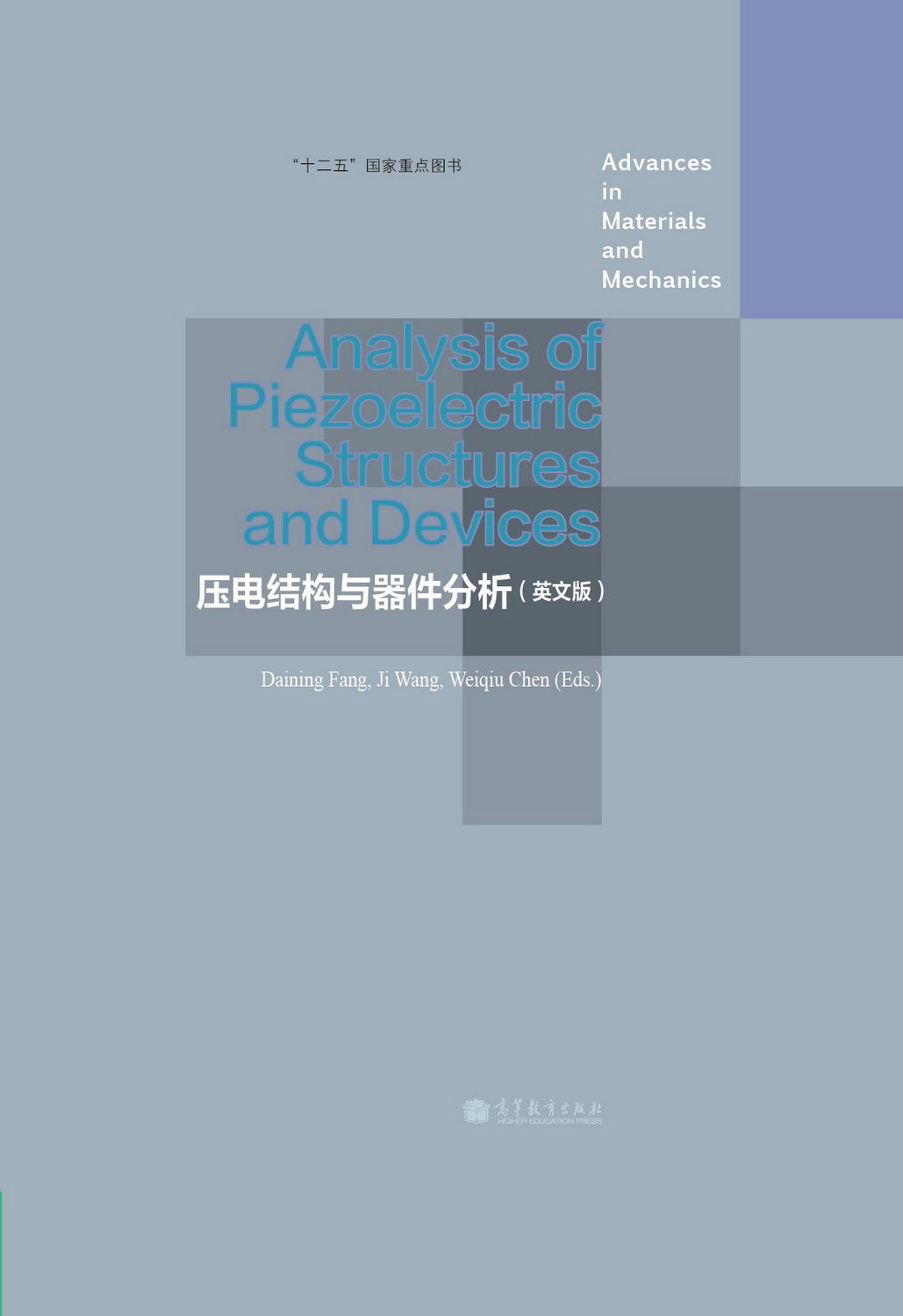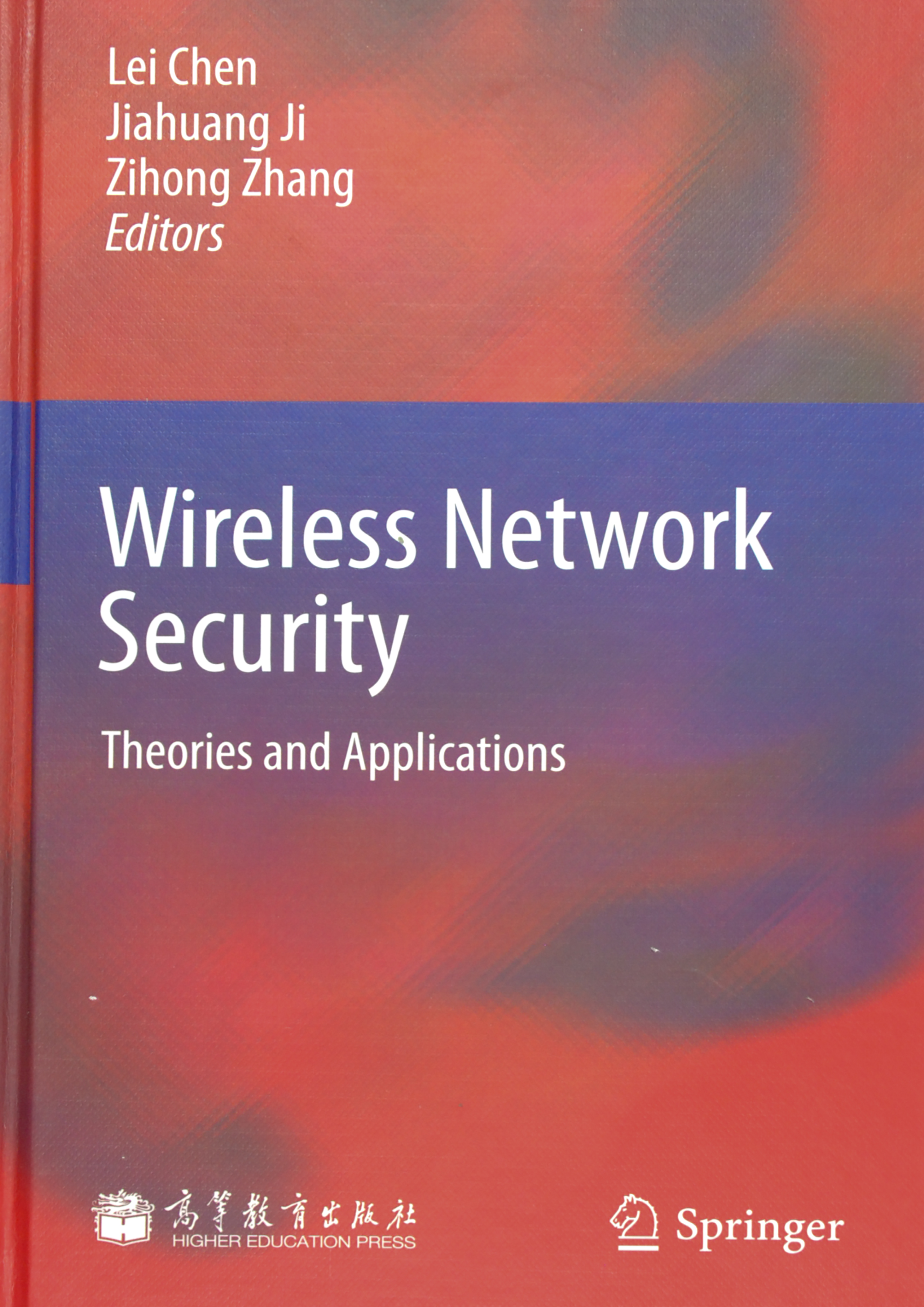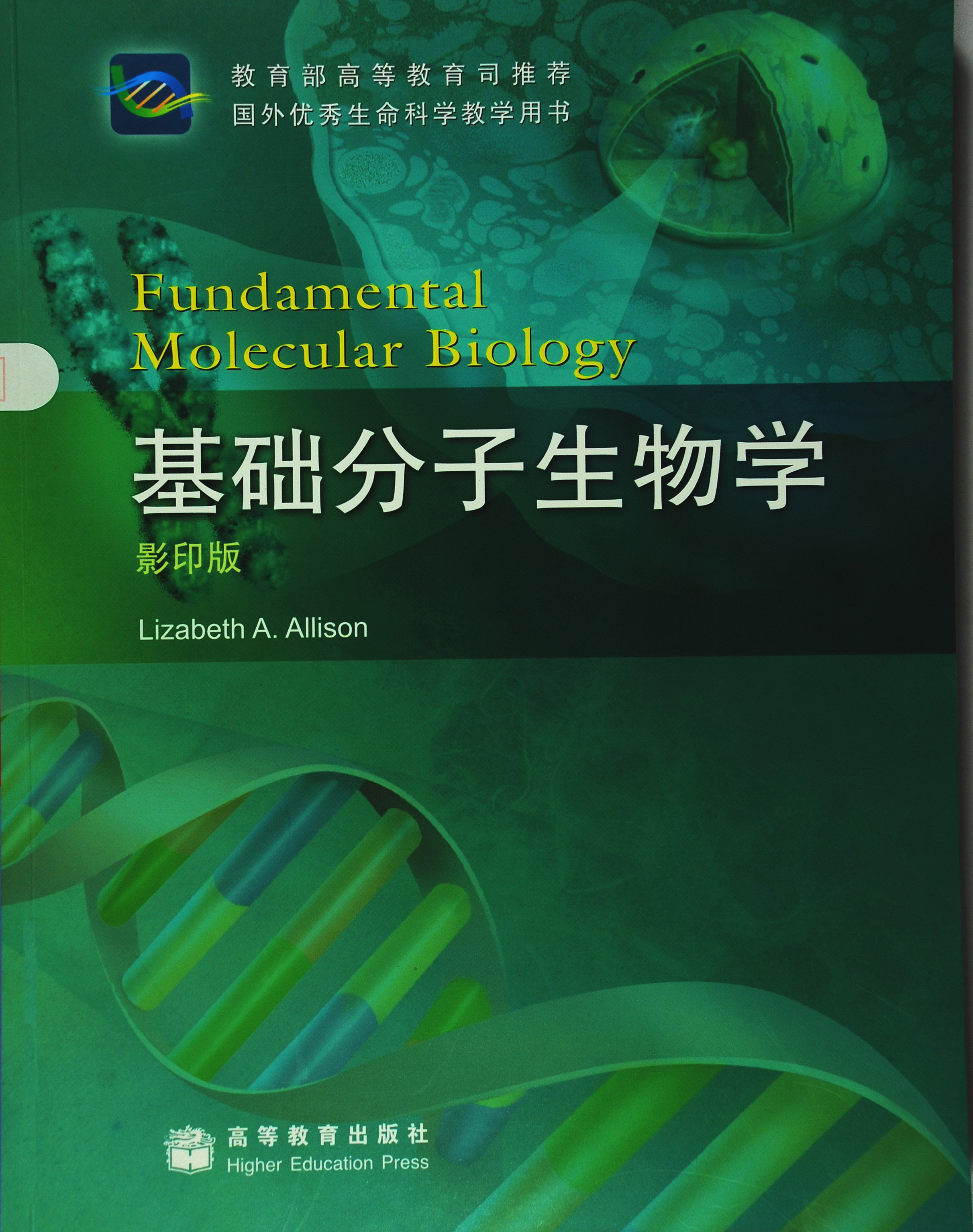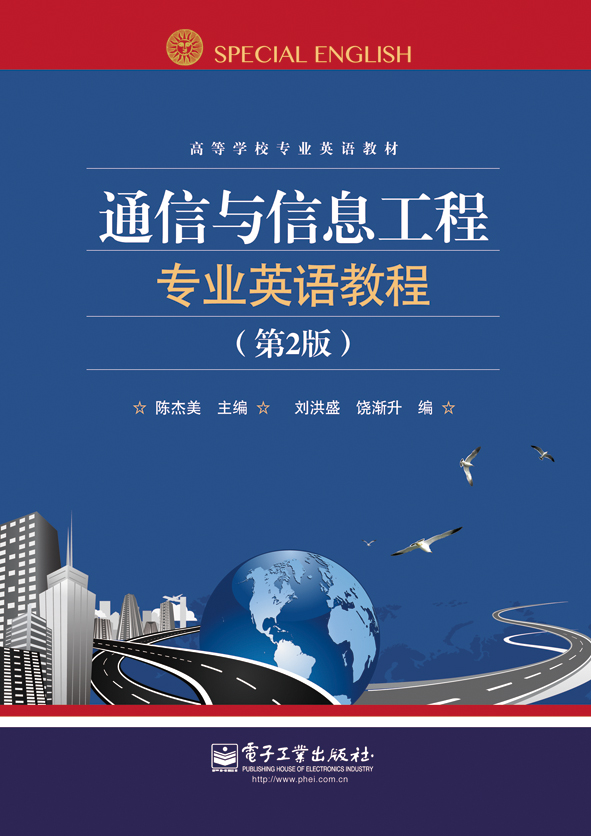- 西安电子科技大学出版社
- 9787560639307
- 174688
- 0046177959-7
- TP312C
- 无线电电子学电讯技术
- 本科
内容简介
宋辉主编的《C语言基础教程》从最基本的计算机软硬件的概念讲起,按照循序渐进、逐步深入的原则介绍C语言编程的概念和方法。全书分为四个层次:导入、基础、提高和应用,内容涵盖了计算机软硬件知识、程序设计语言的演变、C语言的背景和发展、数据类型、变量、表达式、三种程序控制流程、数组、函数、大程序的组织、结构体、共用体、指针、链表、文件操作等。书后的附录还包括了常用标准库函数介绍、上机操作指导等内容。
本书适合参加双语C语言课程的学生作为教材使用,也可作为教辅资料,供使用国外原版C语言教材的学生参考,亦可供其他希望学习相关专业英语的学生及社会人士学习和参考。
本书适合参加双语C语言课程的学生作为教材使用,也可作为教辅资料,供使用国外原版C语言教材的学生参考,亦可供其他希望学习相关专业英语的学生及社会人士学习和参考。
目录
Chapter 1 Introduction
1.1 Computer Hardware
1.2 Software and Program
1.3 Programming Languages
1.4 History and Features of the C Programming Language
Questions & Exercises
Chapter 2 Basics of the C Programming Language
2.1 Key Concepts
2.2 Data Types
2.3 Variables
2.4 Constants
2.5 printf and scanf
2.5.1 printf
2.5.2 scanf
Questions & Exercises
Chapter 3 Operators and Expressions
3.1 Arithmetic Operators
3.2 Assignment Operators
3.3 Increment and Decrement Operators
3.4 Bitwise Operators
3.5 sizeof Operator
3.6 Precedence and Order of Evaluation
3.7 Type Conversions
Questions & Exercises
Chapter4 Program ControlFlows
4.1 Three Control Flows
4.2 Flow Chart
4.3 NS Diagram
4.4 Continuation Control Flow
4.5 Algorithms
Questions & Exercises
Chapter 5 Selections
5.1 Relational Operators
5.2 Logical Operators
5.3 if-else
5.4 if-else if-else
5.5 Nested if-else
5.6 switch-case
5.7 Conditional Expressions
Questions & Exercises
Chapter 6 Loops
6.1 while
6.2 do-while
6.3 for
6.4 break and continue
6.5 Nested Loops
6.6 goto
Questions & Exercises
Chapter 7 Arrays
7.1 One-Dimensional Arrays
7.2 Arrays and Loops
7.3 Sorting Algorithms
7.3.1 Selection Sorting
7.3.2 Bubble Sorting
7.3.3 Insertion Sorting
7.3.4 Another Sorting Algorithm
7.4 Two-Dimensional Arrays
7.5 Character Arrays and Strings
Questions & Exercises
Chapter 8 Functions
8.1 Function Definitions
8.2 Function Calls
8.3 Formal Arguments and Actual Arguments
8.4 Recursions
8.5 Function Prototype Declarations
8.6 Standard Library
Questions & Exercises
Chapter 9 Program Organization
9.1 Organization of Large Programs
9.2 Function Scope Rules
9.3 Variable Scope Rules
9.4 Variable Lifetimes and Initializations
9.5 Preprocessor Commands
9.5.1 File Inclusion Preprocessor Command
9.5.2 Macro Substitution Preprocessor Commands
9.5.3 Conditional Inclusion Preprocessor Commands
Questions & Exercises
Chapter 10 Structures and Unions
10.1 Basics of Structures
10.2 Structure Variables
10.3 Structures with Functions and Arrays
10.4 typedef
10.5 Bit-fields in a Structure
10.6 Basics of Unions
10.6.1 Union Types and Variables
10.6.2 Memory Allocation of Union Variables
Questions & Exercises
Chapter 11 Pointers
11.1 Addresses and Pointers
11.2 Pointer Variables
11.2.1 Definitions of Pointer Variables
11.2.2 Dereferences of Pointers
11.3 Pointers and Arrays
11.3.1 Memory Allocations of Arrays
11.3.2 Pointers Point to One-dimensional Arrays
11.3.3 Pointers Point to Two-dimensional Arrays
11.3.4 Pointer Arrays
11.4 Pointers and Functions
11.4.1 Pointers Act as Arguments of Functions
11.4.2 Functions That Return Pointer Values
11.4.3 Pointers Point to Functions
11.5 Pointers and Structures
11.5.1 Pointers Point to Structures
11.5.2 Dynamic Memory Allocation
11.6 Basics of Linked Lists
11.6.1 Creations of Linked Lists
11.6.2 Other Operations of Linked Lists
Questions & Exercises
Chapter 12 File Operations
12.1 Files and File Types
12.2 File Pointers
12.3 Sequential File Access
12.3.1 Read/Write Characters
12.3.2 Read/Write Strings
12.3.3 Read/Write Formatted Data
12.3.4 Read/Write Data Block
12.4 Random File Access
12.5 Error Handling
Questions & Exercises
Appendix A ASCII Character Set
Appendix B Precedence and Associativity of Operators
Appendix C Summary of Standard Library
Appendix D Introduction to Development Environments
1.1 Computer Hardware
1.2 Software and Program
1.3 Programming Languages
1.4 History and Features of the C Programming Language
Questions & Exercises
Chapter 2 Basics of the C Programming Language
2.1 Key Concepts
2.2 Data Types
2.3 Variables
2.4 Constants
2.5 printf and scanf
2.5.1 printf
2.5.2 scanf
Questions & Exercises
Chapter 3 Operators and Expressions
3.1 Arithmetic Operators
3.2 Assignment Operators
3.3 Increment and Decrement Operators
3.4 Bitwise Operators
3.5 sizeof Operator
3.6 Precedence and Order of Evaluation
3.7 Type Conversions
Questions & Exercises
Chapter4 Program ControlFlows
4.1 Three Control Flows
4.2 Flow Chart
4.3 NS Diagram
4.4 Continuation Control Flow
4.5 Algorithms
Questions & Exercises
Chapter 5 Selections
5.1 Relational Operators
5.2 Logical Operators
5.3 if-else
5.4 if-else if-else
5.5 Nested if-else
5.6 switch-case
5.7 Conditional Expressions
Questions & Exercises
Chapter 6 Loops
6.1 while
6.2 do-while
6.3 for
6.4 break and continue
6.5 Nested Loops
6.6 goto
Questions & Exercises
Chapter 7 Arrays
7.1 One-Dimensional Arrays
7.2 Arrays and Loops
7.3 Sorting Algorithms
7.3.1 Selection Sorting
7.3.2 Bubble Sorting
7.3.3 Insertion Sorting
7.3.4 Another Sorting Algorithm
7.4 Two-Dimensional Arrays
7.5 Character Arrays and Strings
Questions & Exercises
Chapter 8 Functions
8.1 Function Definitions
8.2 Function Calls
8.3 Formal Arguments and Actual Arguments
8.4 Recursions
8.5 Function Prototype Declarations
8.6 Standard Library
Questions & Exercises
Chapter 9 Program Organization
9.1 Organization of Large Programs
9.2 Function Scope Rules
9.3 Variable Scope Rules
9.4 Variable Lifetimes and Initializations
9.5 Preprocessor Commands
9.5.1 File Inclusion Preprocessor Command
9.5.2 Macro Substitution Preprocessor Commands
9.5.3 Conditional Inclusion Preprocessor Commands
Questions & Exercises
Chapter 10 Structures and Unions
10.1 Basics of Structures
10.2 Structure Variables
10.3 Structures with Functions and Arrays
10.4 typedef
10.5 Bit-fields in a Structure
10.6 Basics of Unions
10.6.1 Union Types and Variables
10.6.2 Memory Allocation of Union Variables
Questions & Exercises
Chapter 11 Pointers
11.1 Addresses and Pointers
11.2 Pointer Variables
11.2.1 Definitions of Pointer Variables
11.2.2 Dereferences of Pointers
11.3 Pointers and Arrays
11.3.1 Memory Allocations of Arrays
11.3.2 Pointers Point to One-dimensional Arrays
11.3.3 Pointers Point to Two-dimensional Arrays
11.3.4 Pointer Arrays
11.4 Pointers and Functions
11.4.1 Pointers Act as Arguments of Functions
11.4.2 Functions That Return Pointer Values
11.4.3 Pointers Point to Functions
11.5 Pointers and Structures
11.5.1 Pointers Point to Structures
11.5.2 Dynamic Memory Allocation
11.6 Basics of Linked Lists
11.6.1 Creations of Linked Lists
11.6.2 Other Operations of Linked Lists
Questions & Exercises
Chapter 12 File Operations
12.1 Files and File Types
12.2 File Pointers
12.3 Sequential File Access
12.3.1 Read/Write Characters
12.3.2 Read/Write Strings
12.3.3 Read/Write Formatted Data
12.3.4 Read/Write Data Block
12.4 Random File Access
12.5 Error Handling
Questions & Exercises
Appendix A ASCII Character Set
Appendix B Precedence and Associativity of Operators
Appendix C Summary of Standard Library
Appendix D Introduction to Development Environments

